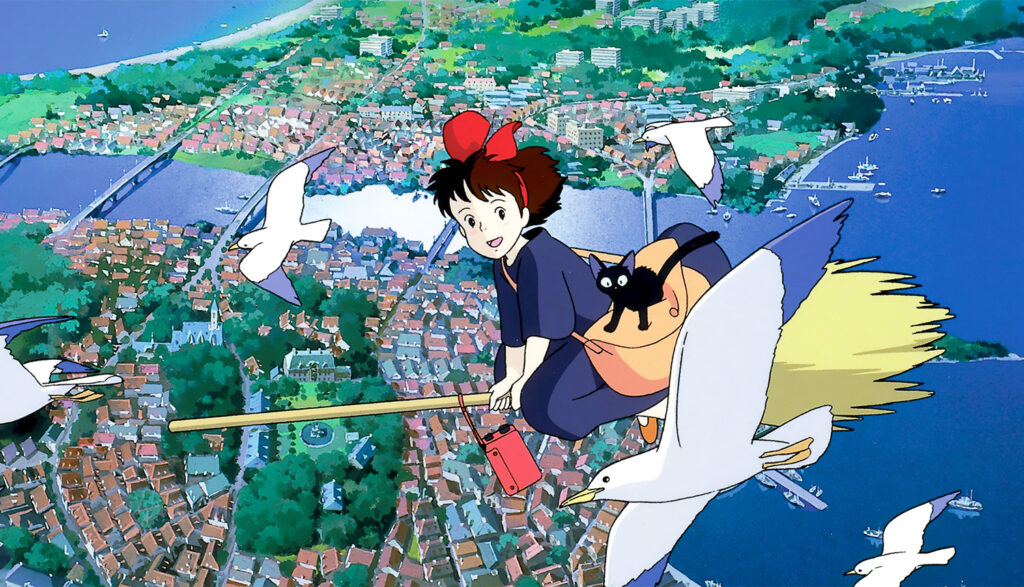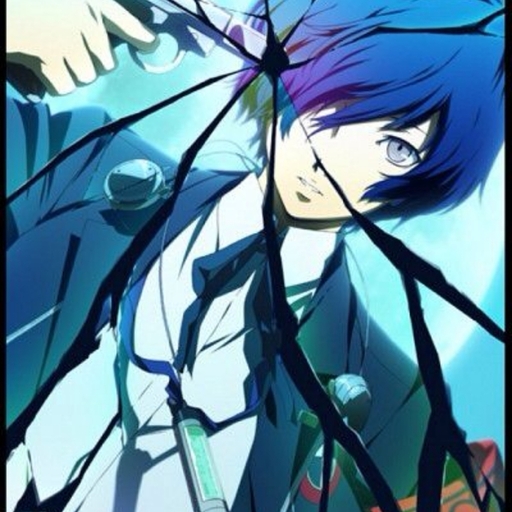I said it before, and I’ll say it again – if you’re a fan of anime, you know who Hayao Miyazaki is.
The man is considered to be one of the founding fathers of the modern-day anime industry, mostly thanks to his works in Studio Ghibli and his dedication to keeping 2D hand-drawn animation alive in an industry that is becoming more and more reliant on digital techniques, sometimes to a frightening degree. With 12 films under his belt over six decades and a production studio known throughout the world, Hayao Miyazaki is a legend in nearly every sense of the word. He’s not perfect by any means, but there’s no one else like him in the industry.
Why is that, though? What makes Hayao Miyazaki… Hayao Miyazaki?
That was one of the questions I was asking myself recently when I sat through his most recent film, The Boy and the Heron. I have seen it twice over the course of a week, once with subtitles and once with the English dub, and I kept asking myself why I was finding it so compelling. It’s a good movie, but it’s one that I think has some pretty obvious flaws that you’ll need to contend with. Yet I was able to overlook them much easier than I would if it was a Mamoru Hosoda film or a Masaaki Yuasa piece. Plus, whenever anyone watches a film by Miyazaki, it’s clear that something is going on there that’s hard to pin down – some tone, some perspective, some element that can’t be captured by any other director. So, I wanted to examine what that special ingredient may be and how only an artist like Miyazaki can effectively use it.

If I were to use a single word to describe all of Miyazaki’s library, which is not an easy feat, mind you, I would probably describe it as pure. Now, that word can mean a lot of different things, depending on the movie. In some films, it means a lack of cynicism as the world is presented to us from a child’s point of view. In other cases, it’s examining broad concepts in simple terms and just letting the feelings of the piece evoke imagery and emotions in a viewer. And then there are times when the film’s message is ultimately about the desire to maintain purity in the world and to prevent its corruption, if only for a little bit. Miyazaki, for all of the themes and ideas he may constantly pull from, loves to showcase the purity in the world.
This is usually pretty relevant whenever aviation, or flying in any capacity, is involved. In most of his movies, his characters either gain the ability to fly or participate in a sequence where they soar through the skies, marveling at the calmness of it all. From Nausicaa to Kiki’s Delivery Service and Howl’s Moving Castle to The Wind Rises, the clear skies are usually the place his characters go to in order to achieve peace. There’s a stillness and quietness to the skies, which embodies a concept that Miyazaki loves to throw into his film: Ma. Ma, in simple terms, means stillness, and Miyazaki likes to include these beats in his films, pure little moments where the world and environment can just exist as is. No tension, no chaos, no rushed pacing, just a breather for audiences to take in the film and engage with it on a deeper level.
You can almost reach a zen-like state when you watch a Hayao Miyazaki movie. Yes, there are scenes where a lot can happen both in the context of the narrative and on-screen, but all of his films eventually return to that state of inner peace. When I was watching The Boy and the Heron, that film was almost all introspective contemplation, something that is very befitting of a man who is approaching the end of his life and can be seen at times to be therapeutic not only for the audience but for Miyazaki himself.

It’s no secret that Miyazaki puts a lot of his beliefs and personal history into his films. As a child, Miyazaki grew up in the remains of post-war Japan and directly saw the affect effects that World War II had on his country. Combining that with his complex relationship with his father, who helped manufacture fighter planes in the war, it’s easy to see how Miyazaki developed his strong anti-war messages that can be seen in Nausicaa, Porco Rosso, and Howl’s Moving Castle. But as Miyazaki grew older, he became more and more interested in examining his own life and his relationship with the world. The Wind Rises, despite being a film about a real-life airplane designer, Jiro Horikoshi, is basically about Miyazaki trying to reconcile his past with his family’s legacy and how his family inadvertently corrupted the purity of the skies that Miyazaki loves so much. Granted, that may be a lofty reading of it, but the elements are present. Miyazaki is a storyteller, and the stories he wants to tell are deeply personal to him.
But it’s that audience that may also be the key in trying to determine what makes Miyazaki so singular of a director. If you were to ask Miyazaki who the target demographic for his films is, then he would almost certainly say children. In nearly all of his films, children are seen as the driving force of the plot and the audience’s surrogate character. No one child is the same in his films, offering different perspectives for different ages and genders. The children of My Neighbor Totoro, with their wide-eyed innocence, contrast nicely with a character like Kiki, who is learning to grow up on her own and live the life that she wants to live. Each of his films can also easily be understood by children, allowing anyone to become engaged with his filmography. When I was growing up, outside of watching Kiki’s Delivery Service on a nearly monthly basis, I watched most of his films when I was 12 on Cartoon Network’s Toonami block, finding myself easily enamored by what I was watching.
Was it different from what I was used to? Undeniably. The only anime I had seen up until that point were either action shows like Yu Yu Hakusho that aired on Toonami or series co-opted by Saturday morning cartoon blocks like Digimon, Monster Rancher, and Fighting Foodons (sidebar, does anyone remember that show because I can’t be the only one who remembers it). But I felt like watching a Miyazaki movie was like finding an oasis. In an industry that was interested in pumping out more and more titles and selling merchandise, Hayao Miyazaki’s films never came across that way. Yes, Studio Ghibli made bank off of merchandising films like My Neighbor Totoro, but that felt more like an unintentional result than a clear goal. His films were meant to always be artistic statements that could be understood by children and allow those feelings to resonate with them.

It seems like the anime industry forgets that animation typically skews to a younger audience. Obviously, there are numerous examples of anime series that are targeted toward adults and those with mature sensibilities, but as time goes on, it feels like those examples are becoming the majority. Anime aimed at children seems like they are becoming more and more fringe. I mean, take Astro Boy, one of the most defining anime series ever made, and compare it to its modern-day reinvention, Pluto. Now, Pluto is a great show in too many ways to count, but I would never dream of showing Pluto to a child in my life. As more and more anime targets older audiences, it’ll become harder and harder for children to get into anime. Miyazaki’s films at least offer an easy and accessible entryway into the medium.
And it’s unclear how long that’s going to last. Miyazaki announced that he was going to retire at numerous times in his career, only for him to come out of retirement time and time again for another film. That seems to be the case once more, but there is concern that, without Hayao Miyazaki’s guiding philosophy and artistic vision, what does the future of Studio Ghibli even look like? In the decade between The Wind Rises and The Boy and the Heron, Studio Ghibli’s production schedule decreased significantly, with the quality of those films also being a lot lower than what is expected of Ghibli. Two of those films were directed by Miyazaki’s son, Goro Miyazaki, and for as much as Goro may try to replicate his father’s style, it comes across exactly as that – an imitation of something genuine and sincere.
As sad as it is to acknowledge, Hayao Miyazaki will eventually die and the anime industry will never be the same. There will be mourning and musings about how Miyazaki was unlike any other director in the industry. That’s true. No one will ever be like Miyazaki. No one can ever have the same experiences or pour themselves into their work as much as him. No one can try to find the magic and beauty in innocence and convey that through the eyes of a child. No one can convey stillness and silence like Miyazaki. Miyazaki gives you time to think about his movies as you watch them. And if I had to hazard a guess about why no one else will be like him, that’s my go-to answer.
Frame Jump is a column from Jesse Lab that focuses on anime, such as Happy Sugar Life, Attack on Titan, and One Piece. You can read the full archive of what he’s written so far here.






Published: Dec 17, 2023 06:00 pm